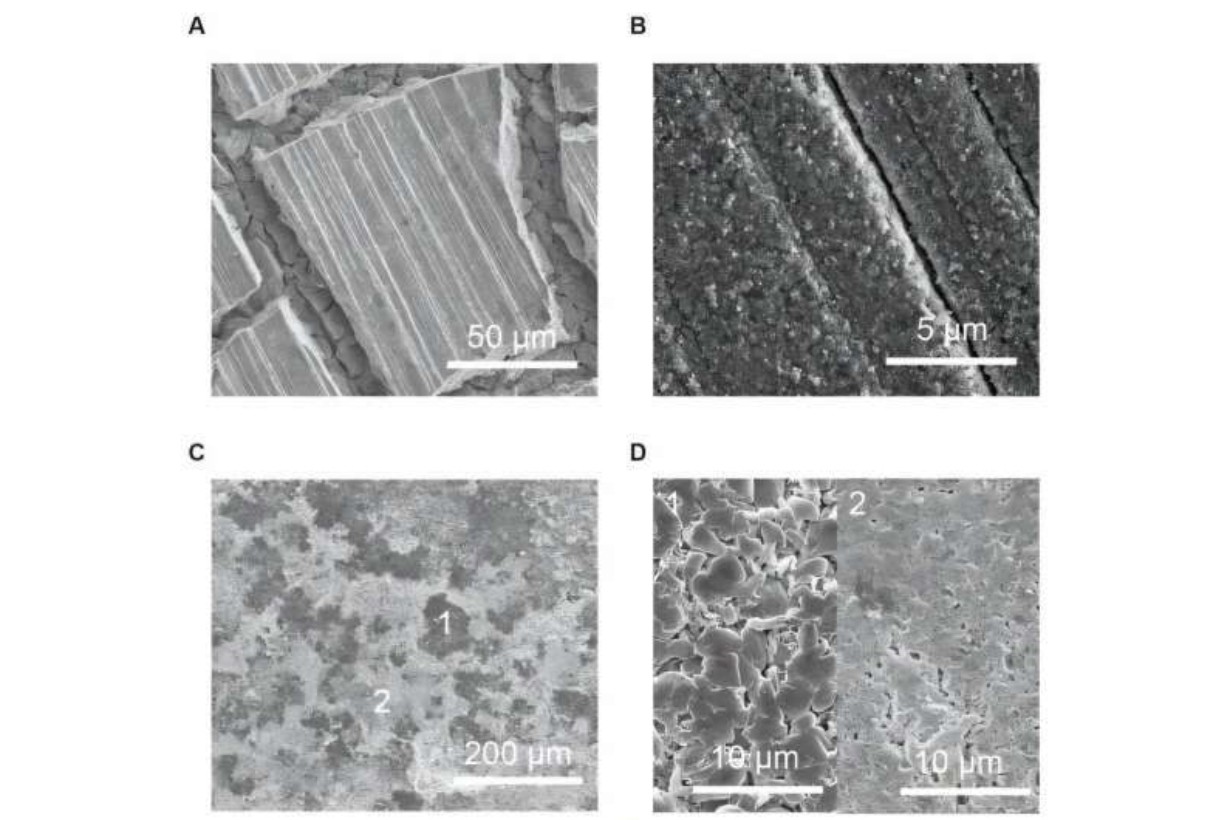CLOSE
About Elements
TANAKA is a leading company in the field of precious metals.
Advanced materials and solutions that support societal progress, the development stories behind them, the voices of engineers, and our management philosophy and vision—
Elements is an online media platform that shares insights that lead to a better society and a more prosperous future for the planet under the slogan “Mastering Precious Metals.”

Short duration voltage application to silicon anodes shows potential for restoring Li-Si battery capacity

A team of engineers, chemists and materials scientists at Stanford University, has found that applying short duration voltage to some types of anodes in Li–Si batteries, can restore some of their capacity. In their paper published in the journal Science, the group describes how they experimented with batteries by applying an electrical charge to several types of silicon anodes.
Chengbin Jin and Xinyong Tao, both with Zhejiang University of Technology, in China, have published a Perspective piece in the same journal issue outlining the work done by the team.
It is common knowledge that lithium-ion batteries do not last very long. After multiple charge/recharge cycles, the batteries begin to hold less and less charge until they become of little use and replacement becomes necessary. Because of that, some battery makers have begun to look into the possibility of using silicon anodes.
This idea may grow in popularity since the team at Stanford has found that for some types of Li-ion batteries, giving them a five-minute burst of electricity directly to the anode can restore some capacity.
Batteries that have a silicon anode have a higher density than those made using other materials, which increases their capacity. Unfortunately, upon use, some of the silicon begins to fragment, which reduces capacity. This is because the fragmenting creates isolated chunks of silicon that are partly filled with lithium—they are like little islands, unusable for holding charge.
In this new study, the research team found that applying electricity directly to the anode pulled some of the isolated chunks back to the anode, making them able to hold a charge again. After testing anode charging, the researchers tested batteries that had pure silicon anodes. Applying electricity directly to their anodes led to some degree of restored capacity.
During their experiments, the researchers found that the more electricity they applied, the more capacity was restored, but there was a limit. Too much electricity led to degradation of the electrolyte. They also found that varying the length of time that voltage was applied had an impact on restoration of capacity. Eventually, they found that applying four volts for five minutes gave the best result—a 30% increase in capacity.
More information: Yufei Yang et al, Capacity recovery by transient voltage pulse in silicon-anode batteries, Science (2024). DOI: 10.1126/science.adn1749
Chengbin Jin et al, Electric pulses rejuvenate batteries, Science (2024). DOI: 10.1126/science.ads9691
※Top Image: SEM images of the Si electrode and Li metal electrode after the 4V5s pulse at the 20th cycle, showing no sign of Li metal plating on both the Si and Li metal. Credit: Science (2024). DOI: 10.1126/science.adn1749
This article was written by Bob Yirka from Tech Xplore and was legally licensed through the DiveMarketplace by Industry Dive. Please direct all licensing questions to legal@industrydive.com.
![]()







